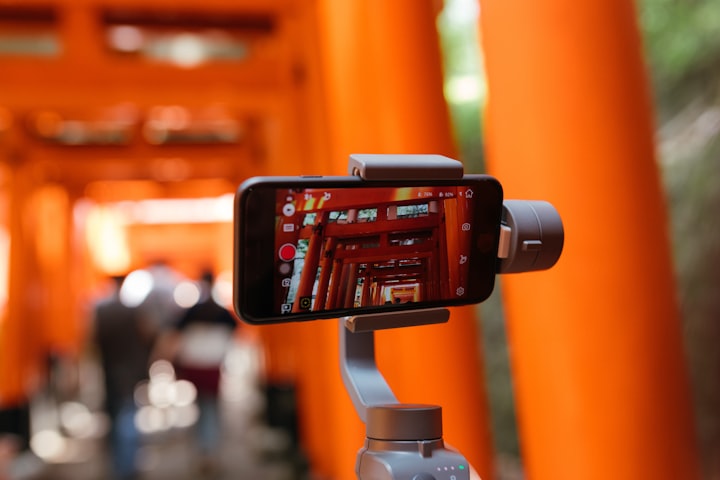An Influencer’s guide to work with Brands on Instagram in 2024

Working with brands as an influencer isn’t always easy.
However, you can safeguard your income and set yourself up for success with the right tools.
#1: Perfect Media Kit
Your media kit is the top way brands can learn about your experience, areas of expertise, and previous campaign results — it’s like your business card, resume, and portfolio of work all in one document.
One of the main challenges brands face is validating an influencer's statistics, so the more verified your media kit is, the better.

#2: Pitch for Paid Collaborations
It’s generally a good idea to contact brands already working with influencers, as they are more likely to have an allocated budget and a streamlined process for managing campaigns.
Sending a simple email or direct message can often be one of the most effective ways to get on a brand’s radar.
Alternatively, you can sign up for a third-party influencer agency to learn about relevant paid campaign opportunities. Such agencies will often manage outreach or facilitate an introduction on your behalf.
#3: Before Working with a Brand
For example, if you advocate for sustainability or diversity, you may consider a brand’s environmental or inclusion policies before working together.
On a practical note, it’s also worth considering how a brand’s payment policies align with your expectations and whether it feels like a fair deal. For example, some brands may initiate a partnership on a gifting basis.
Ultimately, you have the freedom to decide whom you work with. And if a brand doesn’t feel like a good fit for your ethics or policies, it is okay to thank them for the offer and politely decline the partnership.
#4: Negotiate with a Brand
For example, if a brand offers you a partnership agreement at a much lower rate than expected, you may negotiate a higher price for your work.
Regardless, approach all negotiations professionally. Provide an itemized breakdown for your set rate, including equipment, time, specific requirements, and relevant justifications, such as previous campaign statistics like clicks or sales.
#5: Influencer Agreement Contract
Influencer agreement contracts can vary in length, terms, and conditions.
Here are six sections you should expect to see in your agreement:
• Specific Activities: outline your paid partnership content requirements, including the posting date.
• Exclusivity: whether you can enter into a partnership with another brand (often listed competitors) during the campaign period.
• Usage Rights + Content Ownership: where your content can be used under the partnership agreement and how long. This may include: a website, e-newsletter, paid social ads, billboards, marketing, and advertisements, so always take note of this section and adjust your payment fee to reflect the itemized usage rights.
• Pre-approval: the required approval process for your paid partnership content and when and how your content needs to be submitted for review.
• Payment Terms: how much your payment will be, and any conditions when the business or brand can revoke payment.
• Endorsement Disclosures: guidance on disclosing your paid partnership.
If any of these critical sections are missing, you can always request that they be added to your influencer agreement contract.

#6: Avoid Influencer Scams
Unfortunately, influencers and content creators are often targeted in email scams and phishing attempts.
• Check the Sender’s Email Account: This is a red flag if an email is claiming to be from a brand but isn’t using a branded email.
• Check for Telltale Signs: If an email isn’t addressed to you personally, contains spelling and grammar errors, or requires you to “pay for postage” for a free item, it could be a mass-send scam.
• Think Before You Click: Safeguard yourself from phishing attempts by checking link destinations and avoiding suspicious-looking URLs.
• Never Share Security Details: No brand should ever need your Instagram password, and sharing this over email can compromise your account.
And above all, always trust your instincts. If something feels too good to be true, it probably is.
#7: Disclose a Partnership on Instagram
Once you’ve landed a brand partnership, you should always clearly disclose your collaboration.
This can include everything from being paid to receiving a gift, even if your evaluations are unbiased or you weren’t explicitly asked to review a product.
Ready to level up your social media strategy?
We’re here to help you with your strategy, content, and engagement.
If you need any help or have any questions, send me an email at Joanna@goenge.com!
Enjoy Instagramming!



Comments ()